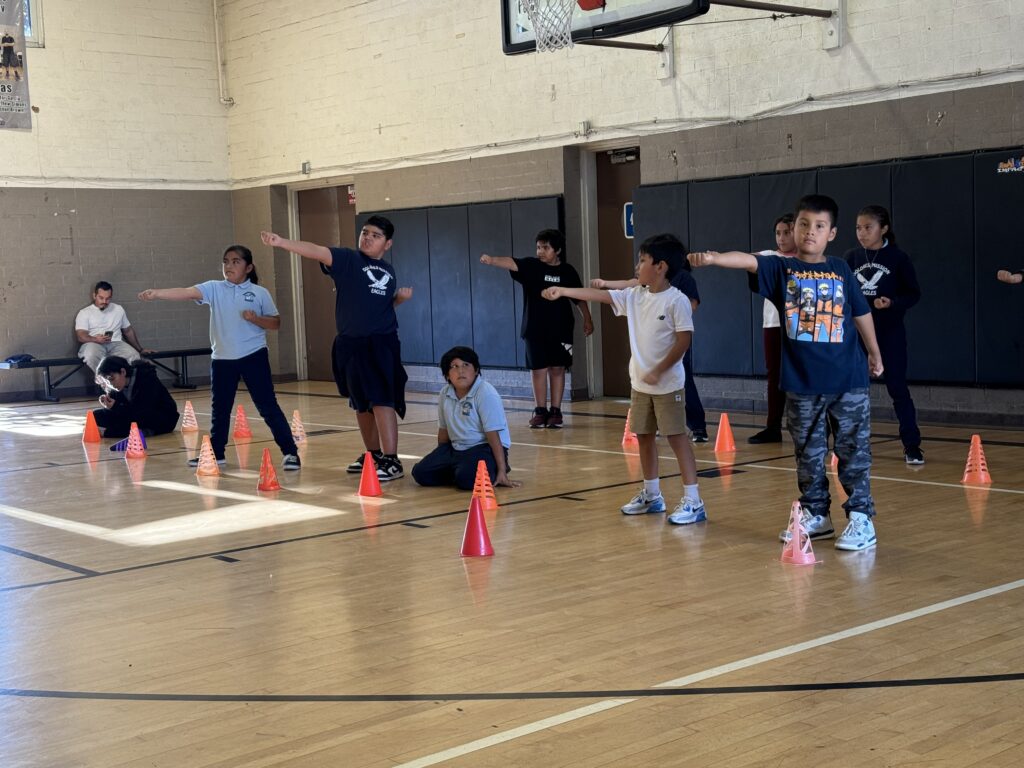 Our recent experience with the pandemic forced many of us into an asynchronous learning environment. Our children suddenly had to learn everything online in an emergency where plans were few and stress was high.
Our recent experience with the pandemic forced many of us into an asynchronous learning environment. Our children suddenly had to learn everything online in an emergency where plans were few and stress was high.
Many teachers were struggling who didn’t have prior experience with the differences in distance learning, and our children suffered through these learning curves.
Now that most of us are more familiar with how asynchronous learning works, it’s important to discuss why there are several advantages to it (especially for autistic children) and what we can do to make it work better for us and our kids.
Flexibility
One of the most obvious perks to distance learning is flexibility. Unfortunately, not all classrooms allow students to participate in discussions when they choose. Many times, teachers hesitate to incorporate this freedom because it can promote laziness and lack of participation.
However, when students are held to a standard of accountability this is not an issue. Flexibility is inherent with distance learning and provides “wiggle room” especially for parents whose schedules may not normally accommodate their child’s education program easily.
When learning is structured with strong accountability and flexibility, it becomes a positive experience for the student who may have to balance other responsibilities or commitments. This is especially vital for teens/adults who may desire to further their skills but with work or family obligations, cannot fathom attending a brick-and-mortar classroom with time parameters.
In addition, autistic children often thrive in environments with predictable routines and structure. The ability for them to attend their education in their own home, where they are most comfortable, is an excellent addition to the learning experience. Asynchronous learning allows them to have a consistent schedule and the flexibility to access educational materials at their own pace. This predictability and control over their learning environment can create a sense of comfort and reduce their anxiety.
Self-Pacing Autistic children often require more time to process information and may benefit from a slower, more individualized pace of learning. In a traditional classroom, this is nearly impossible as the teacher must adhere to specific school guidelines for content and average time to learn such content. Unfortunately, in these conditions, many students fall behind and find it difficult to catch up. This can cause anxiety, social issues, and even more serious… a loss of self-esteem.
Autistic children often require more time to process information and may benefit from a slower, more individualized pace of learning. In a traditional classroom, this is nearly impossible as the teacher must adhere to specific school guidelines for content and average time to learn such content. Unfortunately, in these conditions, many students fall behind and find it difficult to catch up. This can cause anxiety, social issues, and even more serious… a loss of self-esteem.
Asynchronous learning allows them to review and revisit materials at their own speed, ensuring comprehension and mastery of concepts before moving on. If they need to spend more time on one concept and less on another, that’s ok.
This individualized approach promotes a deeper understanding of the content and helps accommodate the diverse learning styles and processing needs of all children. Students have the freedom to review content as needed and have more control over their learning experience.
The success that many students find in an asynchronous environment because of this flexibility is reflected outside of the classroom, too. Many autistic students have lower self-esteem than their neurotypical counterparts due to the challenges they experience daily (van der Cruijsen & Boyer, 2020). Removing these challenges by allowing self-pacing and flexibility in education is invaluable and has been shown to improve daily life for these children as a whole.
Enhanced Access to Resources
With asynchronous learning, educational resources and materials are typically available online, making them accessible from anywhere with an internet connection. This broad access to resources and flexibility expands learning opportunities and allows students to explore a variety of multimedia materials, online libraries, and interactive tools.
This is especially advantageous for students who may struggle with learning new concepts as it provides several different opportunities for them to research/view/listen to tutorials and lessons. One of the reasons why traditional classrooms can be so challenging for neurodivergent learners is that most often, information is presented one or two ways. Typical instruction doesn’t allow enough time or resources to present information in a way that is beneficial for each student. Distance learning allows a student to investigate the concept in their own time and find the lessons that fit best with their own personal learning style. This provides a much wider avenue for success.

Asynchronous learning fosters self-discipline, time management, and self-directed learning skills. These skills are valuable for lifelong learning and professional development, as they allow individuals to take ownership of their education beyond formal classroom settings. Autistic children possess the key to their own success through distance learning, and it empowers their outlook both in and out of the classroom.
 While it may have been initially difficult to adapt to, distance learning has exited the pandemic emergency as a viable alternative to traditional classroom education. We have found through our own research that asynchronous education provides numerous benefits for all students, especially neurodivergent learners who require flexibility, self-pacing, and enhanced access to resources. All these aspects and more make distance learning the top choice!
While it may have been initially difficult to adapt to, distance learning has exited the pandemic emergency as a viable alternative to traditional classroom education. We have found through our own research that asynchronous education provides numerous benefits for all students, especially neurodivergent learners who require flexibility, self-pacing, and enhanced access to resources. All these aspects and more make distance learning the top choice!
References
van der Cruijsen, R., & Boyer, B. E. (2021). Explicit and implicit self-esteem in youth with autism spectrum disorders. Autism, 25(2), 349–360. https://doi.org/10.1177/1362361320961006





